Chicken Coop on Slope
Raised Shelter
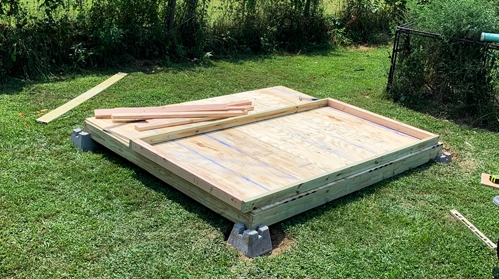
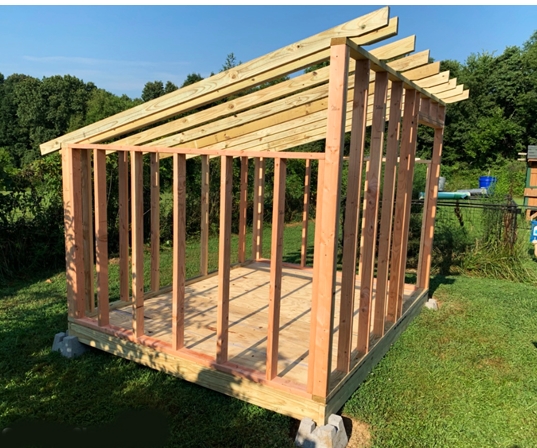
Lean To Shelter
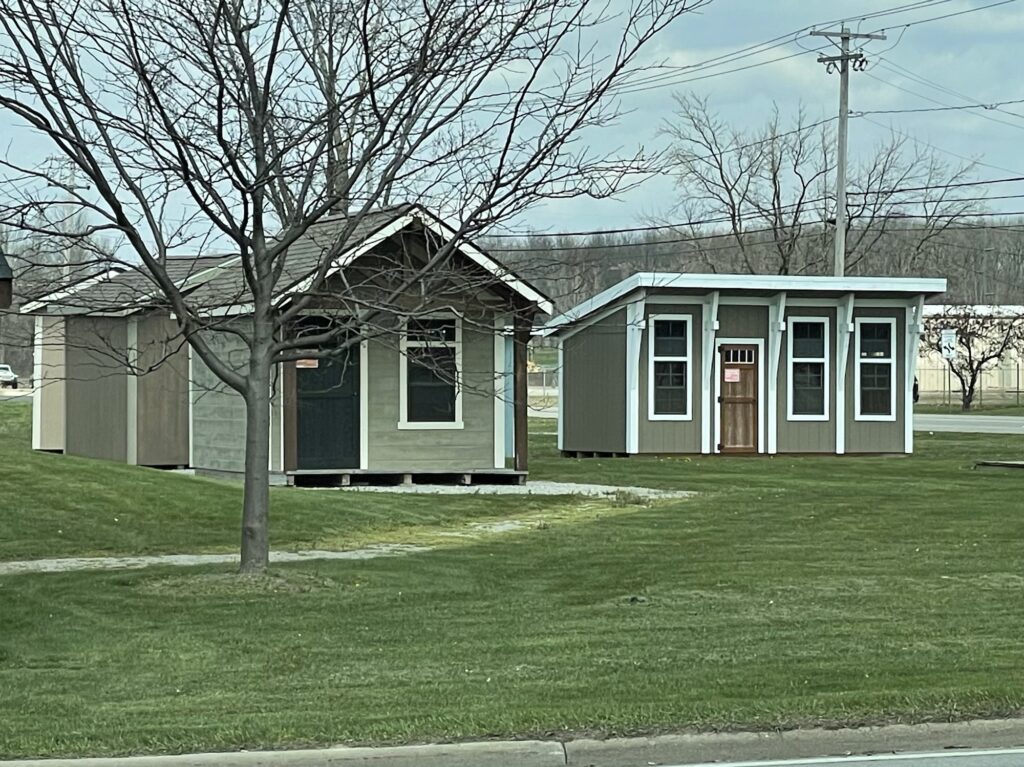
Goat Shelter Elements
EXTERIOR
Main House
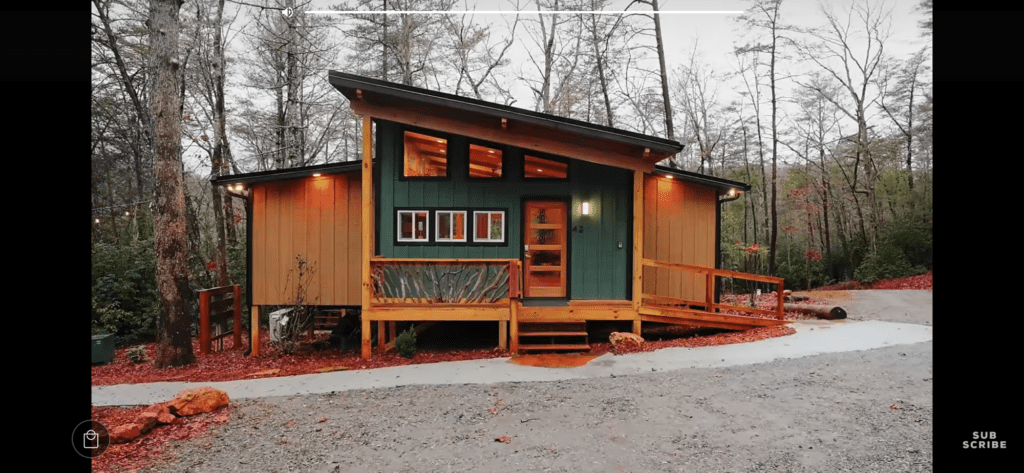
INTERIOR
Bunks



Dining Area




Sections

Create a 2-sided feeder. One side would face the goats. The other would be in the human/hay storage area.
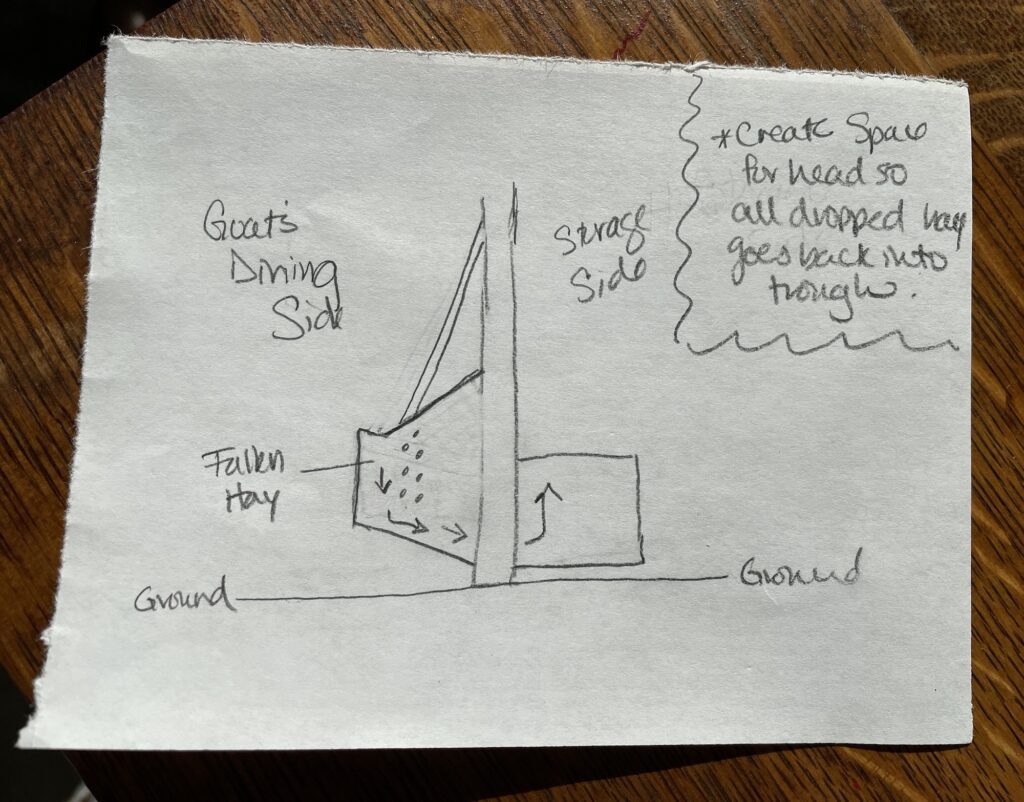
Angle catchment tray to funnel dropped hay back down to the center.
Grooming/Comfor Area


Protected People Places
(For the Hoomans)


Glove Line
Handwashing Station
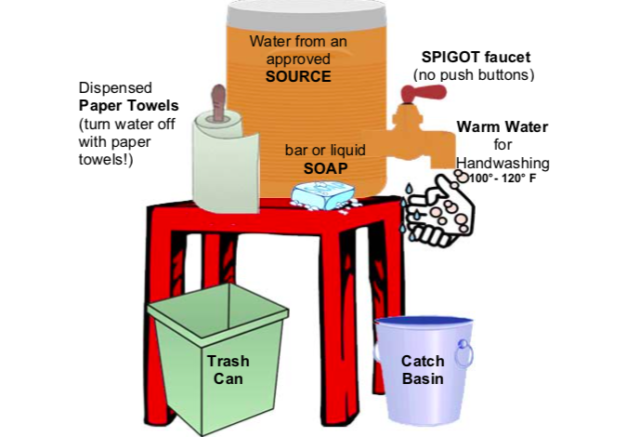
Murphy Table

Shelter from Deadfall
Goat Barn Placement in Wooded Setting
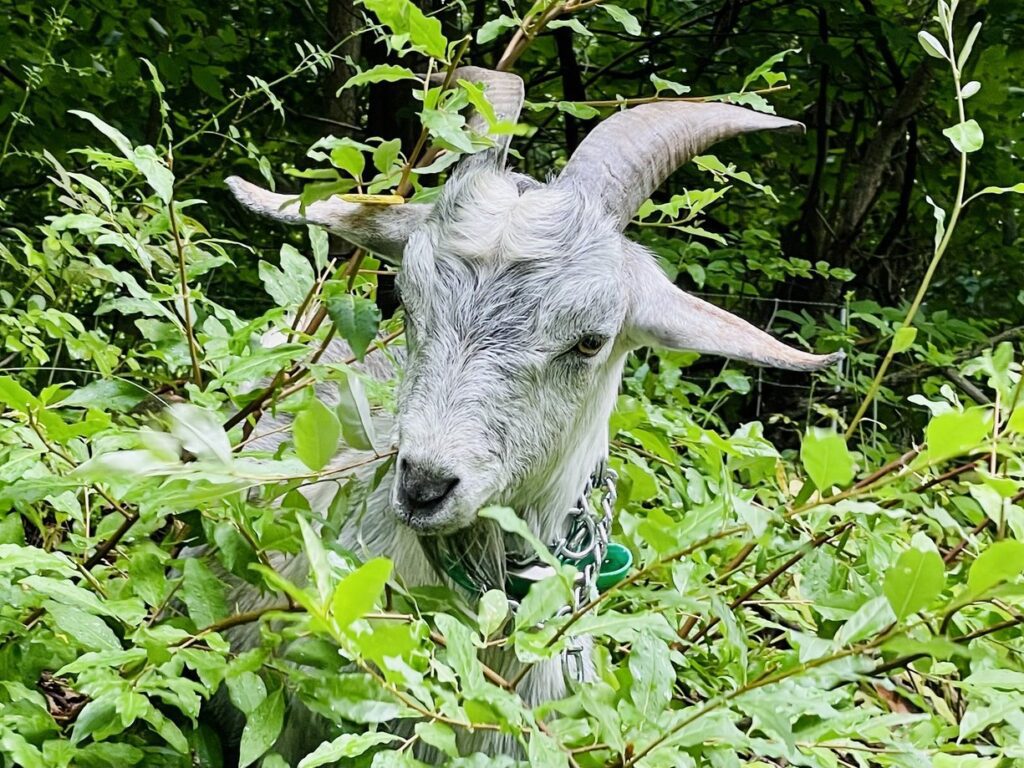
- Sunlight and Ventilation:
- Choose a location that allows plenty of sunlight to reach the barn. This helps with natural lighting and warmth.
- Ensure good ventilation by placing the barn in a way that prevailing winds can pass through, helping to keep the air fresh and reduce moisture.
- Terrain and Drainage:
- Select a site with well-drained soil to prevent waterlogging. Goats are susceptible to hoof problems, so a well-drained area helps maintain good hoof health.
- Avoid low-lying areas prone to flooding, especially during heavy rain.
- Accessibility:
- Ensure easy access for both goats and caretakers. A flat or gently sloping terrain is preferable for ease of movement.
- Consider proximity to a water source for both the goats and barn cleaning.
- Protection from Predators:
- Position the barn in a way that provides some natural protection from predators. Clear away dense underbrush and ensure good visibility for the goats and caretakers.
- Consider using fencing or other predator deterrents as an additional layer of protection.
- Forage Availability:
- If possible, place the barn in an area where there is access to good forage for the goats. This can help supplement their diet and reduce the need for additional feeding.
- If possible, place the barn in an area where there is access to good forage for the goats. This can help supplement their diet and reduce the need for additional feeding.
- Space for Expansion:
- Plan for future expansion if you anticipate an increase in the size of your goat herd. Ensure there is enough space for additional barns or grazing areas.
- Plan for future expansion if you anticipate an increase in the size of your goat herd. Ensure there is enough space for additional barns or grazing areas.
- Environmental Impact:
- Minimize the impact on the surrounding environment. Avoid clearing large areas of trees unnecessarily, and integrate the barn into the natural landscape.
- Minimize the impact on the surrounding environment. Avoid clearing large areas of trees unnecessarily, and integrate the barn into the natural landscape.
- Zoning and Regulations:
- Check local zoning regulations and permits before constructing the barn to ensure compliance with local laws.
